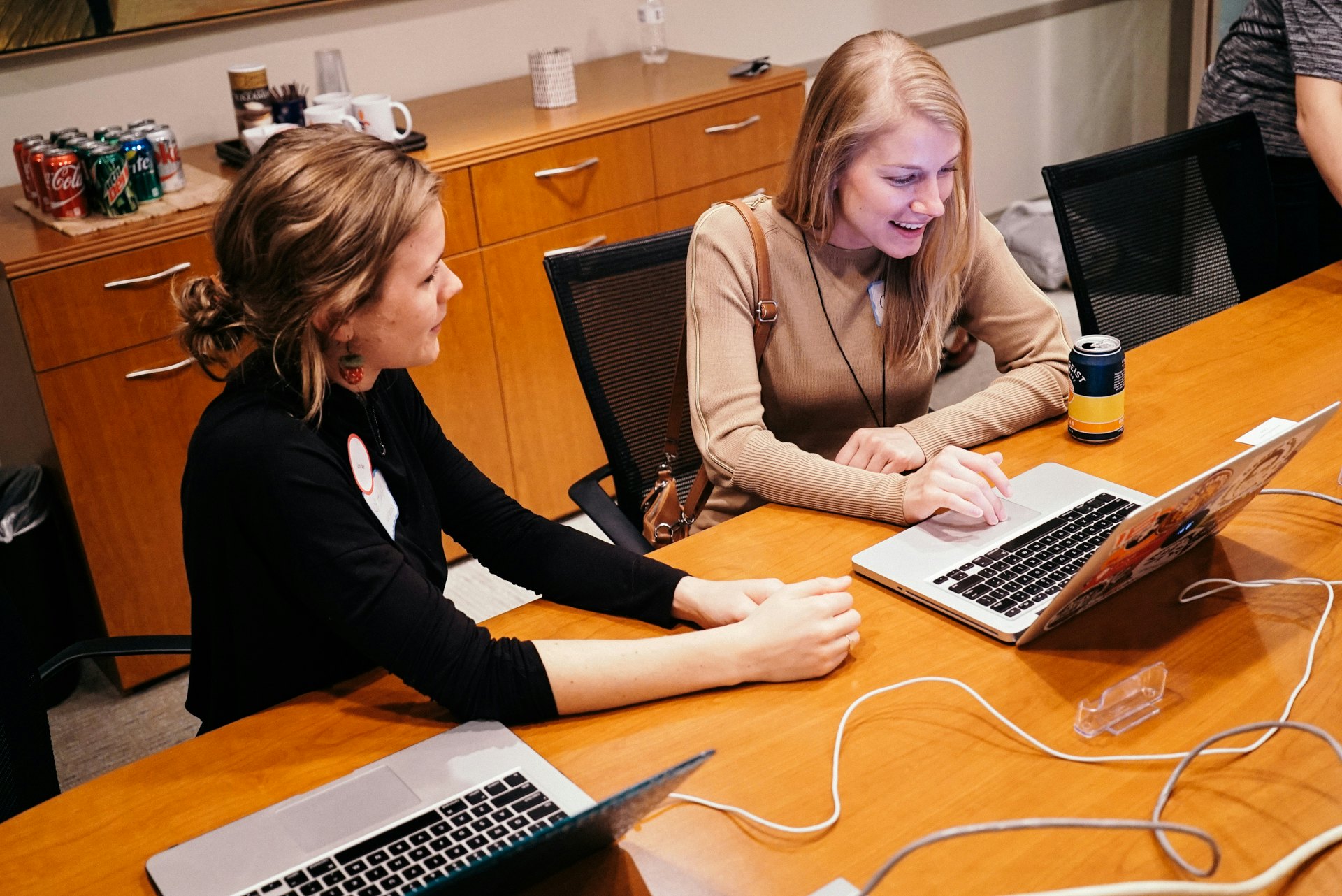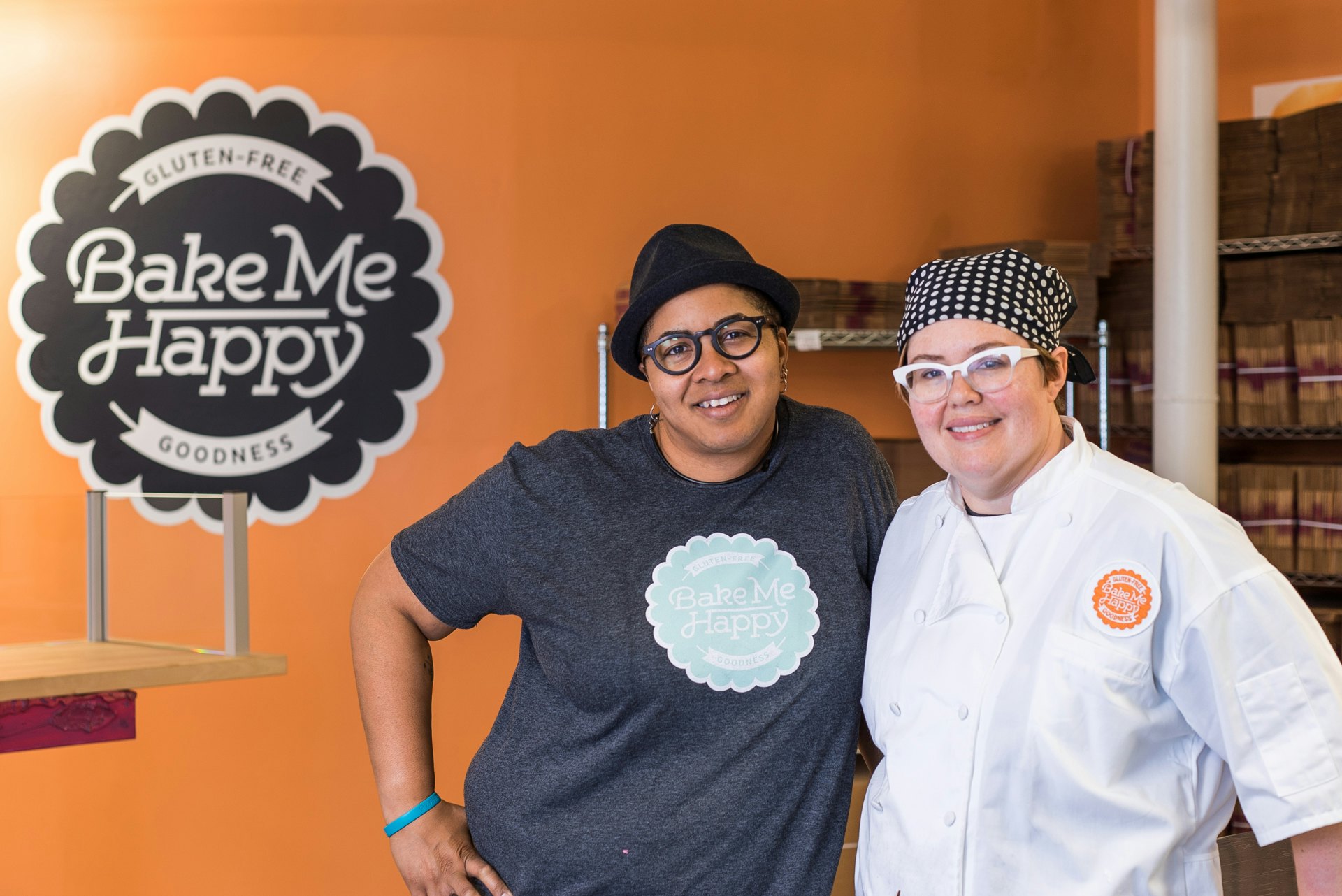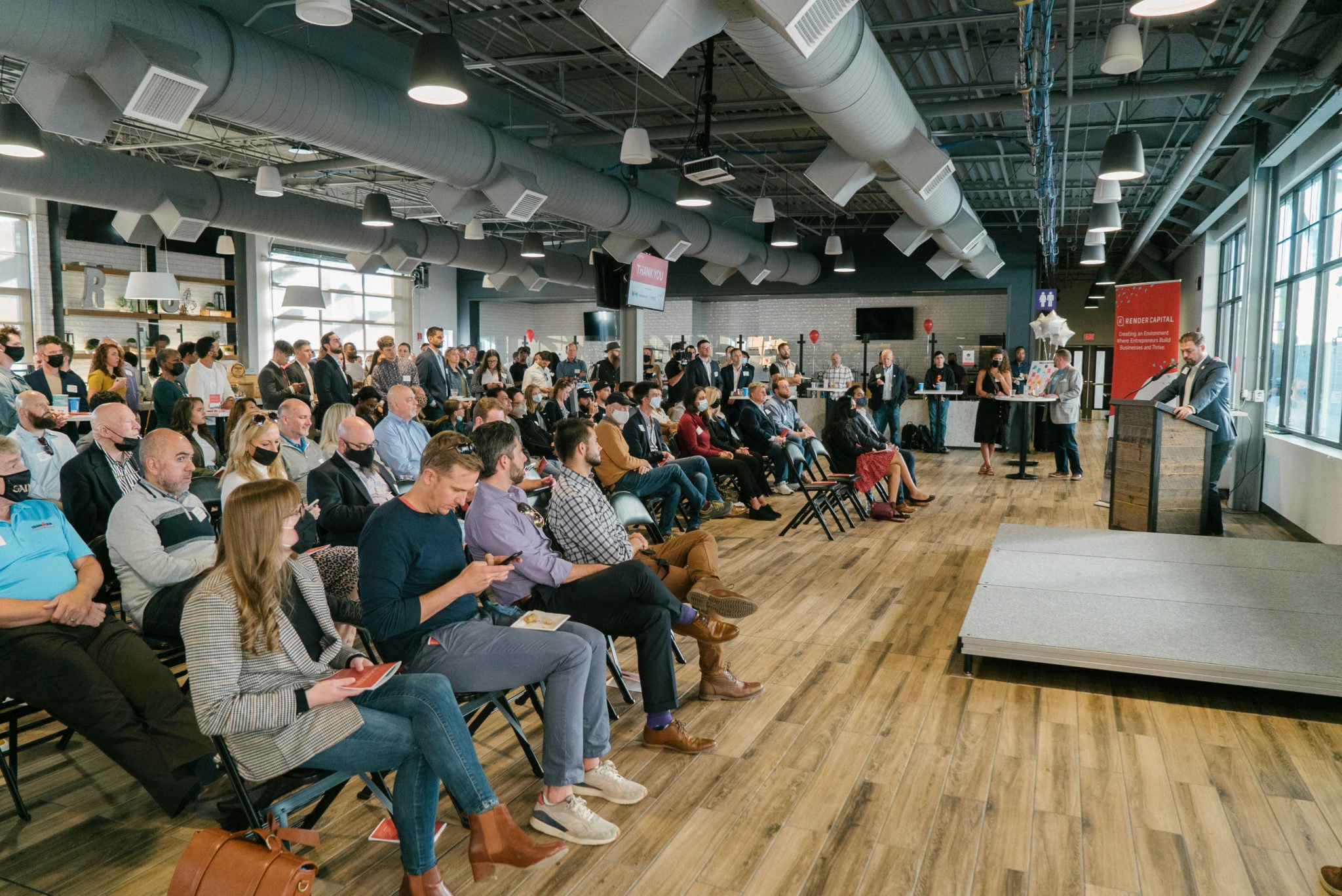What Is The Future Of Microfinance?
What is the future of microfinance? In the second of a series of videos with Jonny Price, the Senior Director for Kiva US, myself discuss the future trends in American microfinance. Watch below as we pause for a moment to consider needed advancements in microfinance and common themes that will contribute to building a better future.
Many people do not realize the challenges involved in accessing capital for small business growth. When most American’s think about loan approvals, they think about mortgages. There are so many mortgage options in the United States that not being able to qualify usually indicates a true lack of readiness for a mortgage. The same is not the case, however, for small business financing. There’s also widespread confusion around microfinance and microloan amounts in the US, and what is needed to start a business. Most people who are familiar with microlending think of $500 loans to someone in a developing nation. The upper limit of a microloan in the United States is approximately $50,000, and research by the Kauffman Foundation indicates that the cost to start a new business is estimated to be $30,000 or less. Thus, access to a $10,000 loan is very significant!
Many small business owners are ready and perfectly able to make their monthly payments, but are seeking smaller amounts than the bank is willing to lend. In addition to less profit, small business lending is often thought to include more risk. This is partly due to similar underwriting methods for small and large businesses alike which make it overly challenging for small businesses to qualify. The challenge is so significant that the Community Reinvestment Act was established to help promote more widespread lending. Many small businesses and local nonprofits have benefited from CRA funding, but there is far more demand than available capital. As a result, microlenders like Kiva have emerged who focus solely on making smaller loans to small businesses. Many online lenders like Kiva are still in their infancy, products of the internet and technological advancements that didn’t exist 10+ years ago.
Character-based lending makes it easier to unlock capital for expansion needs like Sherry’s, founder of Farm to Fork, that might not qualify for a small business loan in a traditional sense

If the future of lending is to be better, it must include more access! More financial products, and more innovation in the realm of underwriting. It is particularly important that these new products have inclusivity at their core. Underwriting that is based on commonly available assets like social media activity, strategy, and specific character endorsements create opportunity for an incredibly diverse group of borrowers. Models that rely heavily on credit scores and financial collateral are proven, but they exclude too many successful business owners. The fact is, small business growth is extremely critical to creating jobs and desirable communities. Greater opportunity will only come out of a desire to continually discover new ways to lend in addition to proven and established methods.
Greater opportunity will only come out of a desire to continually discover new ways to lend
If the future of lending is to be better, it must also include cheaper capital. High interest rates and poor valuations result in less competitive pricing and lower wages for current employees. By rethinking how risk is evaluated and compensated for, lower rates should be possible. The source of the capital is the biggest factor in its cost, which is why crowdfunding is proving to be so disruptive!
The crowd can offer cheaper capital due to a few simple principles. By distributing the total amount needed across hundreds of lenders, each share of the loan becomes smaller. Smaller commitments of capital mean less overall risk to the lenders and, in theory, there are millions of risk appetites amongst the crowd. The odds of connecting with a group of people who are interested in lending are much higher than obtaining the full amount from one source.

The price of this capital also reveals the lack of other opportunities for millions of non-accredited lenders. Their opportunity cost is low. The alternative of moving surplus funds into a lucrative interest bearing account, is not a reality for most. In fact, lenders on Kiva are happily lending at 0% interest. They are giving up a minuscule return on their savings to share capital with others who are ready and waiting to create new value in the world through their small businesses. They are joining in the efforts of the borrowers to create a bigger pie for everyone through peer to peer lending. There are, however, other sites with business models that focus on providing a small financial return to their lenders. Though these returns may be modest, they are often greater than other options that are readily available to the common person.
Lastly, if the future of lending is to be better, we need both faster and slower capital! We are already testing the limits of speed with several online lenders now able to approve significant loans sizes in a matter of hours. The fastest capital, however, is currently expensive and only available for businesses who can prove significant amounts of revenue. As alternative underwriting methods emerge, it is important to be thinking about scalability from the beginning due to the urgent need for small business loans. Scalability is important for borrowers and lending organizations alike. Scaling creates access to larger pools of funds to lend. These loan programs need to have the capacity to make thousands of small loans per year. The largest institutional partners must look at deal sizes in the tens of millions.

Seemingly paradoxical, we still need methods that won’t scale. We still need slower capital because there will always be gaps. There will always be qualified borrowers who fall outside of the approval process for the latest and greatest loan products. An example of an extremely slow option might be a lender who takes several months to understand the potential of the business that can’t be seen on paper. Many in-person meetings, site visits, and extra effort spent on making a deal happen. These options require vision and boldness as much of the justification for slow capital depends on longer-term outcomes. Many of these outcomes like a chain of restaurants would not exist without a microloan at the very beginning or an immigrant entrepreneur who goes on to employ hundreds of workers because of the opportunity to receive a microloan.
We hope our conversation spurs on more dialogue about a better future for microfinance. Learn about our other microfinance programs like the Growth Loan. And if you enjoy watching our videos, consider subscribing to receive updates as we publish more videos discussing similar topics.



